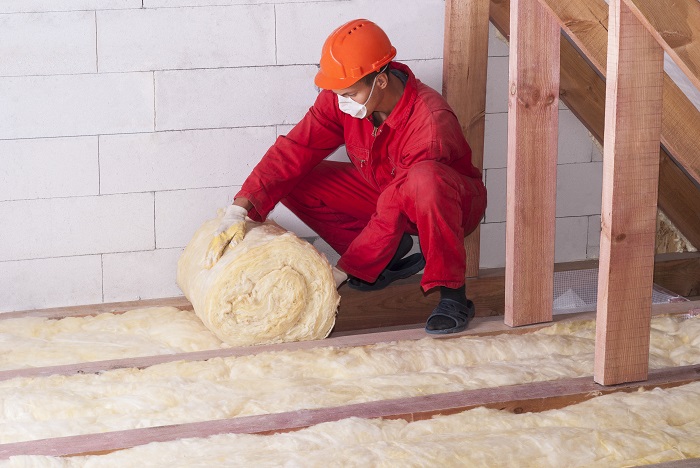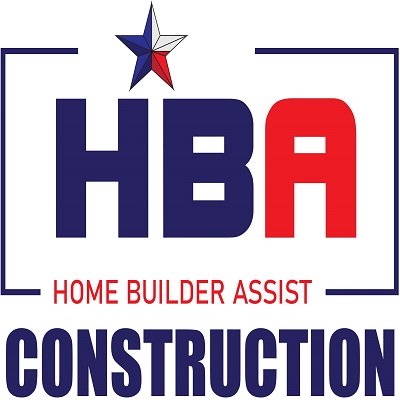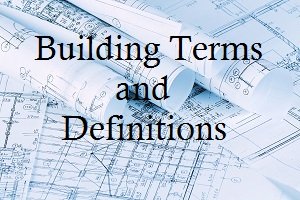Types of Insulation
Insulation is a critical part of managing your utility bills and especially important to your family's comfort. The types of insulation available should be studied so you can make the best choice for your own home.

Insulation Strategy
One needs to carefully consider their insulation strategy when building their own home. The strategy needs to look at air sealing and ventilation and how these can improve your home's energy efficiency. The more efficient, the lower your utility bills. There are many kinds of insulation, and choosing the right one for a new home critical.
Elements of that strategy should include:
- Type of insulation material
- Where it's installed
- How much is needed
Types of Insulation Available
Click here for a chart that provides an overview of most types of insulation available, how they are installed, where they are typically installed and their advantages. More information is found at Energy.gov.
Where to Install
The following are some helpful hints on what types of insulation are typically installed and in which parts of the house. This varies based on the climate and the individual characteristics of the house.
- Exterior Walls -- All building codes require insulation in the exterior walls between the wood studs that make up the frame of the walls. Of the many types available, fiberglass batt insulation is used most often. Fiberglass is an excellent insulator, and is very resistant to fire. Batt insulation is a type of insulation made of loosely matted fibers fashioned into a blanket-like form.
- Attic -- Most building codes also require insulation in the attic. Blown-in dry cellulose insulation is commonly used in this area of the home. It simply is blown-in to the depth required to meet the R-value specified by local code. Dry cellulose insulation is made from recycled, shredded newspaper, which has been chemically treated to be fire-resistant.
- Blown-in insulation refers to loose insulation made of fiberglass, cellulose or foam that is literally blown into place with hose-type equipment. Fiberglass and cellulose remain loose after they've been installed. Spray foam solidifies once it's been applied.
- Wall Sheathing -- Rigid foam sheathing can be used to add thermal resistance to the exterior walls. Rigid foam sheathing often is used with a material that provides wall strength -- such as plywood.
- Foundation Walls -- In some areas, building codes require foundation walls to be insulated. To meet code, rigid fiberglass can be applied to the exterior of the foundation walls. For maximum benefit, foundation insulation is run from the wall sheathing to the bottom of the foundation wall.
- Slab -- In a slab-on-grade foundation, where the bottom of the house sits directly on the ground and doesn't have a basement space, codes often require the slab to be insulated. The preferred method is to extend rigid foam board from the top of the slab to two feet below the bottom of the slab. An additional two feet should angle out away from the vertical piece, as shown in this image. Insulating this way helps to keep the soil surrounding the slab warmer, thus keeping the slab itself warmer.
How Much
Local building codes will typically let you know how much is needed. At a minimum though, insulation should be installed in the floor of an unfinished attic, in the exterior walls and in the wall between the garage and living space.
It can also be wise to install insulation over the wall sheathing, which is a material placed between the exterior wall and the cladding materials.



